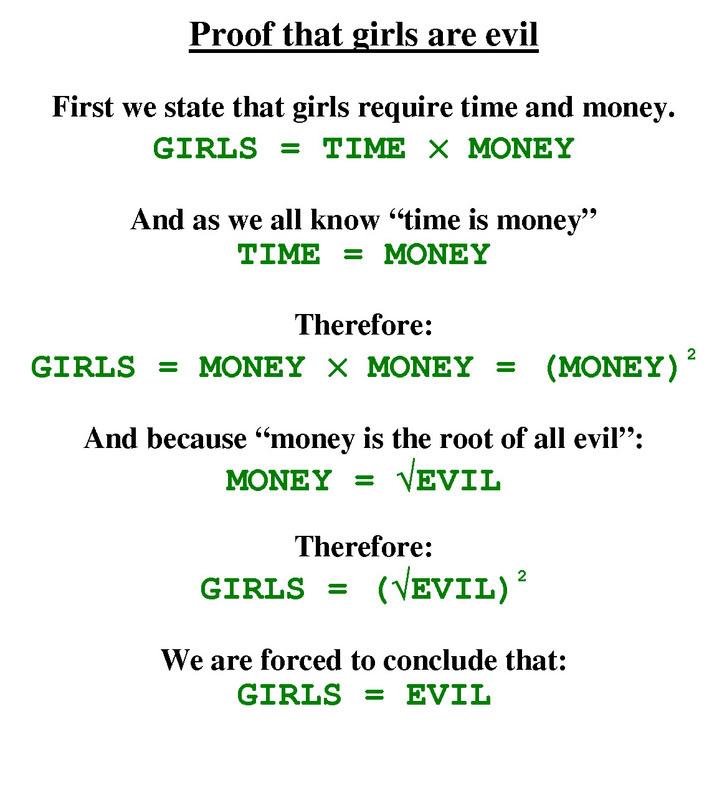when will they meet? Answer: never, they are travelling on separate tracks! ![]() But seriously, it is amazing how often I think of this high school math problem when I hear a train whistle, as I just did for the Boston to Fitchburg MBTA commuter train at the ungodly hour of 7:05 AM on a Sunday. Really, who needs to get to either location that early?? (A few minutes later, I heard the second train so I didn't even need to sharpen my pencil). Being math challenged, I never appreciated that problem at the time, but as I say, I often think of it now.
But seriously, it is amazing how often I think of this high school math problem when I hear a train whistle, as I just did for the Boston to Fitchburg MBTA commuter train at the ungodly hour of 7:05 AM on a Sunday. Really, who needs to get to either location that early?? (A few minutes later, I heard the second train so I didn't even need to sharpen my pencil). Being math challenged, I never appreciated that problem at the time, but as I say, I often think of it now.
Question: How many ways do you find yourselves using math as modelers, electricians, layout builders, rail fans, or engineers; and what are your favorite math problems or solutions to solve? Which ones do you grapple and struggle with but plow through to the bitter end because you need to? Or do you just say "what the heck? It's good enough for rock and roll" and wing it? Measure twice and cut/snip/solder or only once?
Personally, I'd like a nice formula for converting 1:1 measurements into 1:48 when I want to model something that scales down to values smaller than a quarter of an inch. If it isn't divisible by two, it makes my brain hurt to try and convert to something less than a foot. (For example, the colored metal commuter rail signal flags.) if I had a nice formula, I could write a computer program to do it for me and avoid the risk and mess of my brain exploding. And then there are my civil engineer great uncle's rulers in divisions of 10s, 20s, and 50s that I cherish. I'm sure they'd come in handy if only I had a clue ...
Tomlinson Run Railroad: where we love applied mathematics, we just can't apply it.











